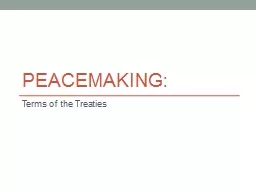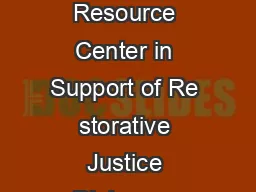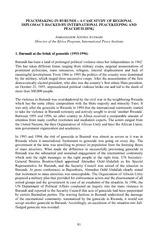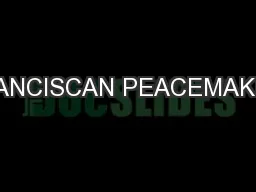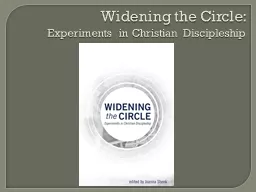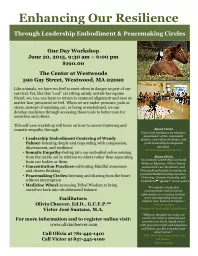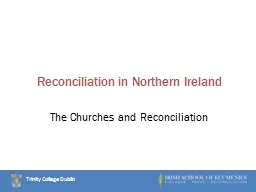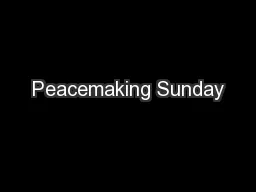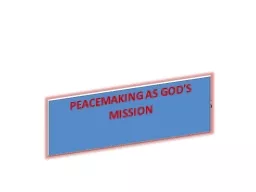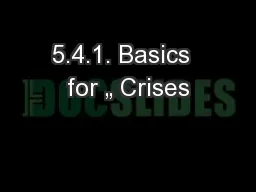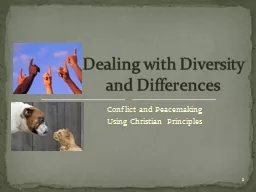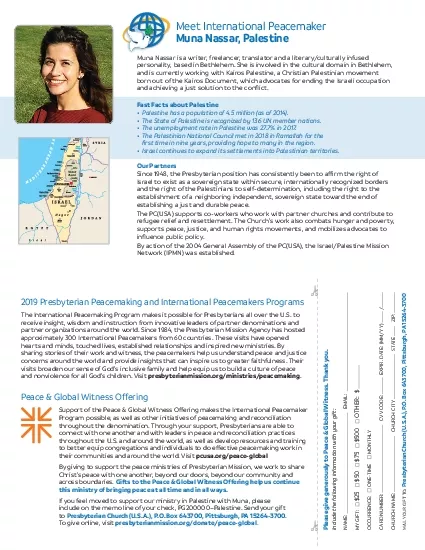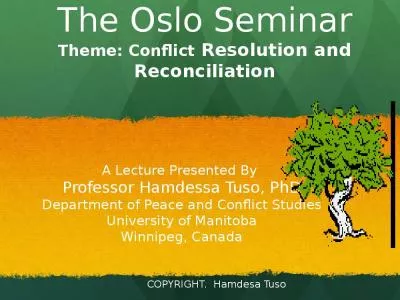PPT-PEACEMAKING:
Author : giovanna-bartolotta | Published Date : 2016-06-14
Terms of the Treaties January 1919 Victorious countries convene in Paris Versailles has 32 nations involved Russia in revolution 1917 Tsar overthrown 1918 Treaty
Presentation Embed Code
Download Presentation
Download Presentation The PPT/PDF document "PEACEMAKING:" is the property of its rightful owner. Permission is granted to download and print the materials on this website for personal, non-commercial use only, and to display it on your personal computer provided you do not modify the materials and that you retain all copyright notices contained in the materials. By downloading content from our website, you accept the terms of this agreement.
PEACEMAKING:: Transcript
Download Rules Of Document
"PEACEMAKING:"The content belongs to its owner. You may download and print it for personal use, without modification, and keep all copyright notices. By downloading, you agree to these terms.
Related Documents

